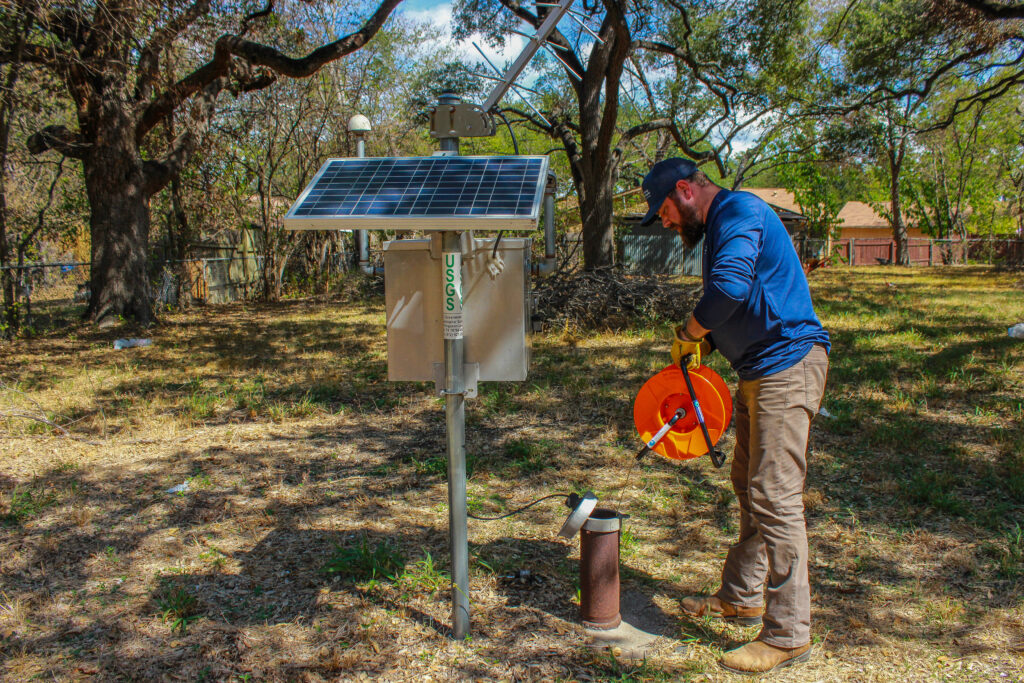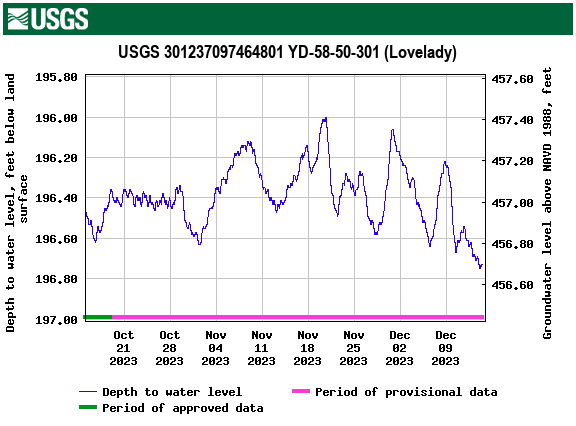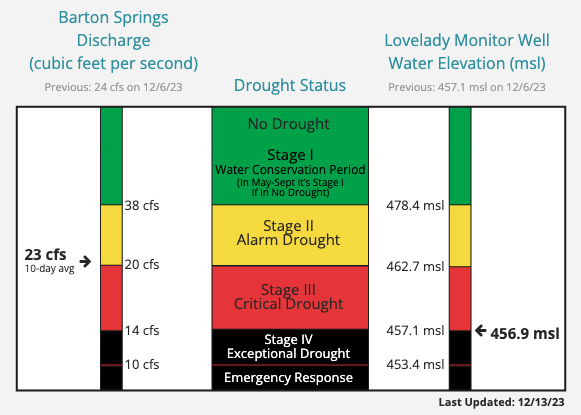
Join the Carver Museum, Cultural and Genealogy Center for the opening reception of the new exhibition Two Births and the Afterlife by artist Aimée M. Everett on Thursday, January 11 at 6 p.m. at 1165 Angelina St. The reception will include light bites, refreshments, and a dynamic musical performance from Jon Deas, James Adkins, and Dayne Reliford in the museum lobby. The exhibit and reception are free and open to the public.
Two Births and the Afterlife features a new body of work by Milwaukee-based artist Aimée M. Everett, exploring the profound transformations experienced during childbirth and the subsequent journey of self-discovery into motherhood. The artist delves into the poignant realization that with every birth, a simultaneous death exists—the departure of one's former identity to welcome a new, evolved self.
About the Artist
Aimée M. Everett’s atmospheric works transcend language using abstraction, minimalism, saturated colorways, form, and texture. Her work explores personal and collective memory that is both critical and introspective. Everett’s work has been exhibited in galleries and museums across the United States. Her work is held in collections at prestigious institutions in the U.S., France, and the United Kingdom. Aimée M. Everett is a native of New Orleans, LA, and currently resides in Milwaukee, WI.
About the Carver Museum
The George Washington Carver Museum, Cultural and Genealogy Center is a historic landmark dedicated to preserving Black history, culture, and aesthetic expression. Located in East Austin, the Museum served as Austin’s first branch library and the first library that the African American community could access. In 1980, the library became Texas's first African American neighborhood museum. Today, the 39,000-square-foot facility includes galleries, meeting spaces, a darkroom, a dance studio, a 134-seat theatre, an archive, a community garden, and a genealogy center. Follow @CarverMuseumATX and @AustinCityParks on Facebook, Instagram, YouTube, and Twitter.










